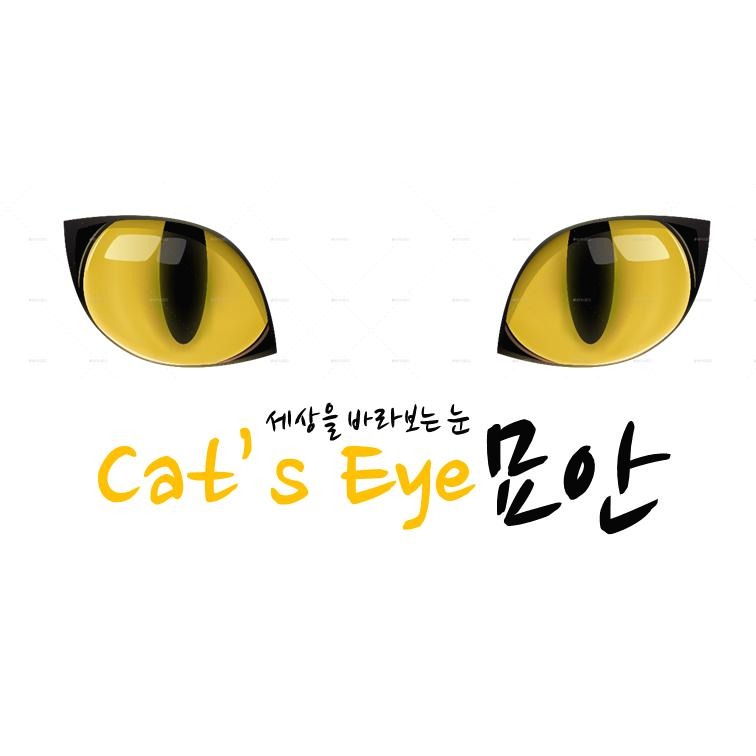목록휴먼노마드로 살아 가는 법 (772)
휴먼노마드
 [아르메니아어] 간단구문 15과, 16과
[아르메니아어] 간단구문 15과, 16과
https://www.goethe-verlag.com/book2/EM/EMHY/EMHY017.HTM 50languages English US - Armenian for beginners | Fruits and food = մրգեր և սննդամթերք | Media and language Our language is also influenced by media. New media play an especially large role here. A whole language has emerged from text messages, email and chatting. This media language is of course different in every country. Certain characte..
 [아르메니아어] 간단구문 13과, 14과
[아르메니아어] 간단구문 13과, 14과
https://www.goethe-verlag.com/book2/EM/EMHY/EMHY015.HTM 50languages English US - Armenian for beginners | Activities = գործունեություն | Creole Languages Did you know that German is spoken in the South Pacific? It's really true! In parts of Papua New Guinea and Australia, people speak Unserdeutsch. It is a Creole language. Creole languages emerge in language contact situations. That is, whe www...
 [아르메니아어] 간단구문 11과, 12과
[아르메니아어] 간단구문 11과, 12과
https://www.goethe-verlag.com/book2/EM/EMHY/EMHY013.HTM 50languages English US - Armenian for beginners | Months = ամիսներ | Latin, a living language? Today, English is the most important universal language. It's taught worldwide and is the official language of many nations. Earlier, Latin had this role. Latin was originally spoken by the Latins. They were the inhabitants of Lat www.goethe-verla..
 [아르메니아어] 간단구문 9과, 10과
[아르메니아어] 간단구문 9과, 10과
https://www.goethe-verlag.com/book2/EM/EMHY/EMHY011.HTM 50languages English US - Armenian for beginners | Days of the week = շաբաթվա օրեր | Constructed Esperanto English is the most important universal language of today. Everyone is supposed to be able to communicate using it. But other languages also want to reach this goal. Constructed languages, for example. Constructed languages are purpos w..
 [아르메니아어] 간단구문 7과, 8과
[아르메니아어] 간단구문 7과, 8과
https://www.goethe-verlag.com/book2/EM/EMHY/EMHY009.HTM 50languages English US - Armenian for beginners | Numbers = թվեր | Guess the language! Danish is the native language of approximately 5 million people. It is a member of the North Germanic family of languages. That means that it is related to Swedish and Norwegian. The vocabulary of these three languages is almost identic www.goethe-verlag...
 [아르메니아어] 간단구문 5과, 6과
[아르메니아어] 간단구문 5과, 6과
https://www.goethe-verlag.com/book2/EM/EMHY/EMHY007.HTM 50languages English US - Armenian for beginners | Countries and Languages = երկրներ և մարդիկ | Languages and dialects There are 6,000 to 7,000 different languages worldwide. The number of dialects is of course much higher. But what is the difference between language and dialect? Dialects always have a clearly localized tone. They belong to ..
 [아르메니아어] 간단구문 3과, 4과
[아르메니아어] 간단구문 3과, 4과
https://www.goethe-verlag.com/book2/EM/EMHY/EMHY005.HTM 50languages English US - Armenian for beginners | Getting to know others = ծանոթանալ | Alphabets We can communicate with languages. We tell others what we're thinking or feeling. Writing has this function as well. Most languages have a written form, or writing. Writing consists of characters. These characters can be diverse. Most writing is..
 [아르메니아어] 간단구문 1과, 2과
[아르메니아어] 간단구문 1과, 2과
듣기 위주의 공부를 위해 간단한 단문위주로 공부하기에 안성맞춤인 언어공부사이트에 있는 내용을 공부한다. https://www.goethe-verlag.com/book2/EM/EMHY/EMHY003.HTM 50languages English US - Armenian for beginners | People = անձեր (անձինք) | Using languages to fight Alzheimer's Those who want to stay mentally fit should learn languages. Language skills can protect against dementia. Numerous scientific studies have proven this. The age of the lear..
 [아르메니아어] 시제간의 해석차이
[아르메니아어] 시제간의 해석차이
이번 시간에는 아르메니아어의 시제와 법간의 해석차이에 대해 알아보도록 한다. 1. 직설법 시제 구성 형태 한국어 해설 현재진행시제 현재분사+조동사의 현재시제 սիրում եմ 사랑합니다 현재시제 또는 현재진행 과거진행시제 현재분사+조동사의 과거시제 սիրում էի 사랑하고 있습니다 과거시제(과거행위가 현재까지 진행) 단순과거시제 과거형 սիրեցի 사랑했습니다 과거시제(과거의 사실) 미래시제 미래분사+조동사의 현재시제 սիրելու եմ 사랑할것입니다 미래시제(미래행위의 예측, 실행) 미래완료시제 미래분사+조동사의 과거시제 սիրելու էի 사랑할것입니다 미래시제(현재행위의 결과로 나타남) 과거완료시제 과거분사+조동사의 현재시제 սիրել եմ 사랑했었습니다 과거시제(과거행위가 결과로 나타남) 대과거..
հայերեն թարգմանությամբ 아르메니아어 번역 Լինում է, չի լինում՝ մի ծիտ։ 옛날 옛날에 한마리 새가 있었습니다. Մի անգամ էս ծտի ոտը փուշ է մտնում։ 어느날 이 새의 다리에 가시가 박혔습니다. Դես է թռչում, դեն է թռչում, տեսնում է՝ մի պառավ փետի է ման գալի, թոնիր վառի, հաց թխի։ 이리 저리 날아다니다가 나무를 찾아 화덕을 지펴 빵을 굽으려는 한 노파가 보았습니다. Ասում է: 그는 말했습니다. — Նանի՛ ջան, նանի՛, ոտիս փուշը հանի, թոնիրդ վառի, ես էլ գնամ քուջուջ անեմ, գլուխս պահեմ։ "나리씨, 다리의 가시를 ..
